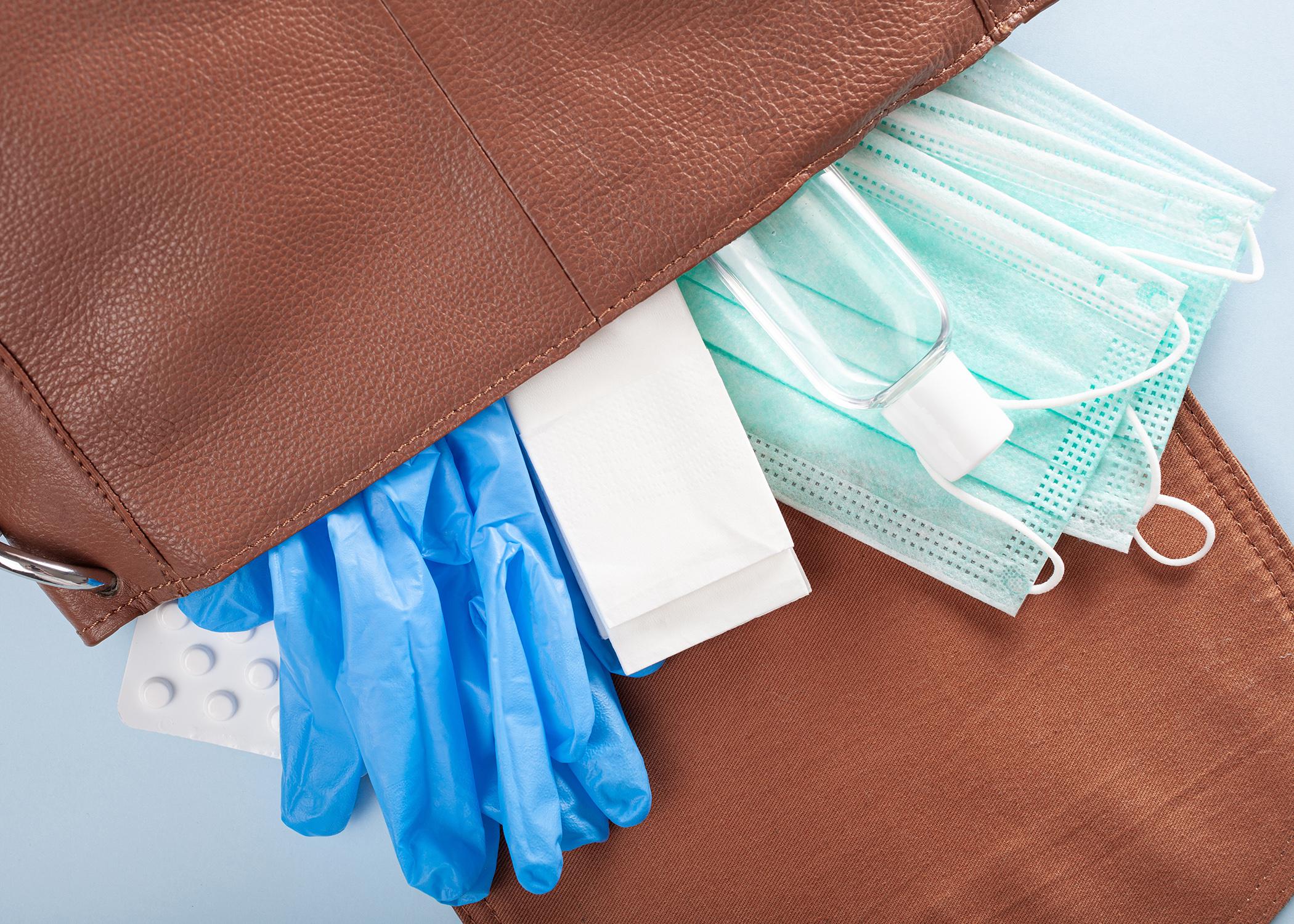Information Possibly Outdated
The information presented on this page was originally released on June 11, 2020. It may not be outdated, but please search our site for more current information. If you plan to quote or reference this information in a publication, please check with the Extension specialist or author before proceeding.
COVID-19 adds steps to hurricane preparedness
STARKVILLE, Miss. -- Now is the time for Mississippians to make preparations as Tropical Storms Laura and Marco are forecasted to make landfall, potentially as hurricanes.
Further complicating preparation for this hurricane season, which officially began June 1 and concludes at the end of November, is the threat of COVID-19. Confirmed cases of the coronavirus in Mississippi have not shown any consistent decrease, which will be an important issue if residents need to evacuate. The National Oceanic and Atmospheric Administration has forecasted an above-average hurricane season in terms of storm activity.
Each resident should always have an updated hurricane preparedness kit. The Mississippi Emergency Management Agency has a list of what that kit should include at https://www.msema.org/preparedness-2/create-an-emergency-kit/.
Sheran Watkins, county coordinator with the Mississippi State University Extension Service in Harrison County, said the COVID-19 environment will change how she prepares for potential hurricanes. She sheltered with her parents in their home near Prentiss when Hurricane Katrina wreaked havoc on the Gulf Coast in 2005, but she said she will reconsider that strategy this year if she has to evacuate.
“I worry about my parents’ health and don’t want to do anything that would put it in jeopardy, so my plan right now is to check into a hotel near Jackson if I have to leave home,” Watkins said. “In addition to planning your evacuation route in advance, decide what your safest available sheltering option is. If that is a hotel, make reservations as soon as possible in advance. If you can stay with a family member who is not at a high risk of severe illness, practice social distancing.
“The coronavirus will likely be an issue for the duration of this year’s hurricane season,” she added, “so your kit must have enough hand sanitizer and disposable masks and gloves for yourself and your family.”
Malary White, Mississippi Emergency Management Agency director of external affairs, said the biggest change the coronavirus has brought to the agency’s response during hurricane season is sheltering. The agency is asking residents to use public shelters as a last resort.
“If you have the means to seek shelter with family or friends who are not in the impacted areas, we encourage you to do so. For those who plan to go to a shelter, wearing a mask is a requirement,” White said. “We are urging the use of guidance from the Centers for Disease Control when social distancing in shelters. Because of this, more shelters could be opened during a weather event to accommodate those needing shelter. No matter what, life safety will remain our number one priority.”
Watkins recommends having an emergency supply of at least $200 in cash and a roll of quarters and $1 bills on hand, something she now refers to as a “Katrina fund.”
“We found out during Katrina that even though we had money in the bank, we couldn’t get it because ATMs were down or limiting withdrawals, or we couldn’t go to the bank,” she said. “Ever since then, we make sure to have cash readily accessible.”
Extension governmental training officer Tom Ball recommends knowing the difference between a hurricane warning and watch. Sheltering in place can be an option until a storm becomes strong enough to trigger a warning.
“Act early, and you will have more choices. When you have warning that landfall will occur within 72 to 96 hours, relocate to a safe spot at least two hours away from predicted landfall,” he said. “If you have to move to an open, general population shelter in a large space or auditorium, find one that has individual identified blocks of space of at least 48 square feet per person, bathroom protocols that you are comfortable with, and one that will allow pets, if you own one.”
See the Extension Service Information Sheet 1801, “Disaster Relief: Preparing Your Evacuation ‘To Go’ Box.”






